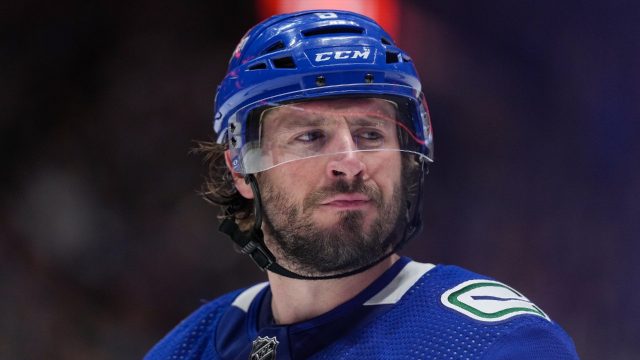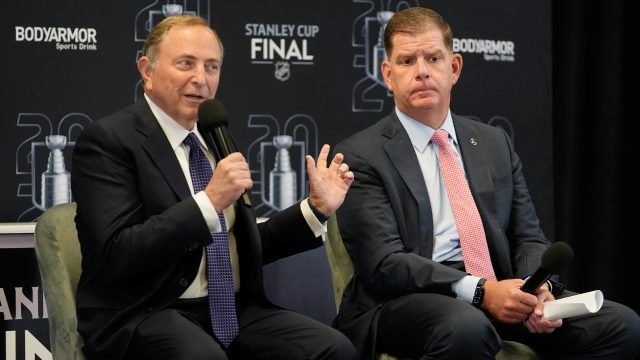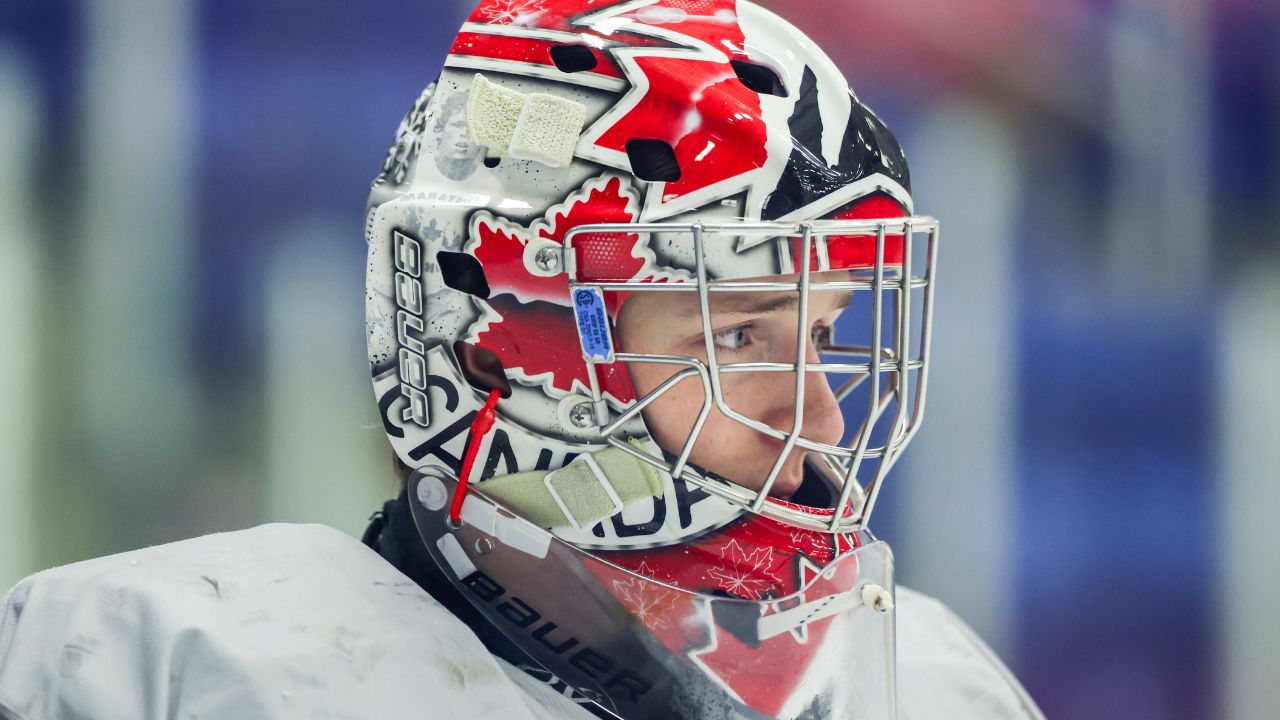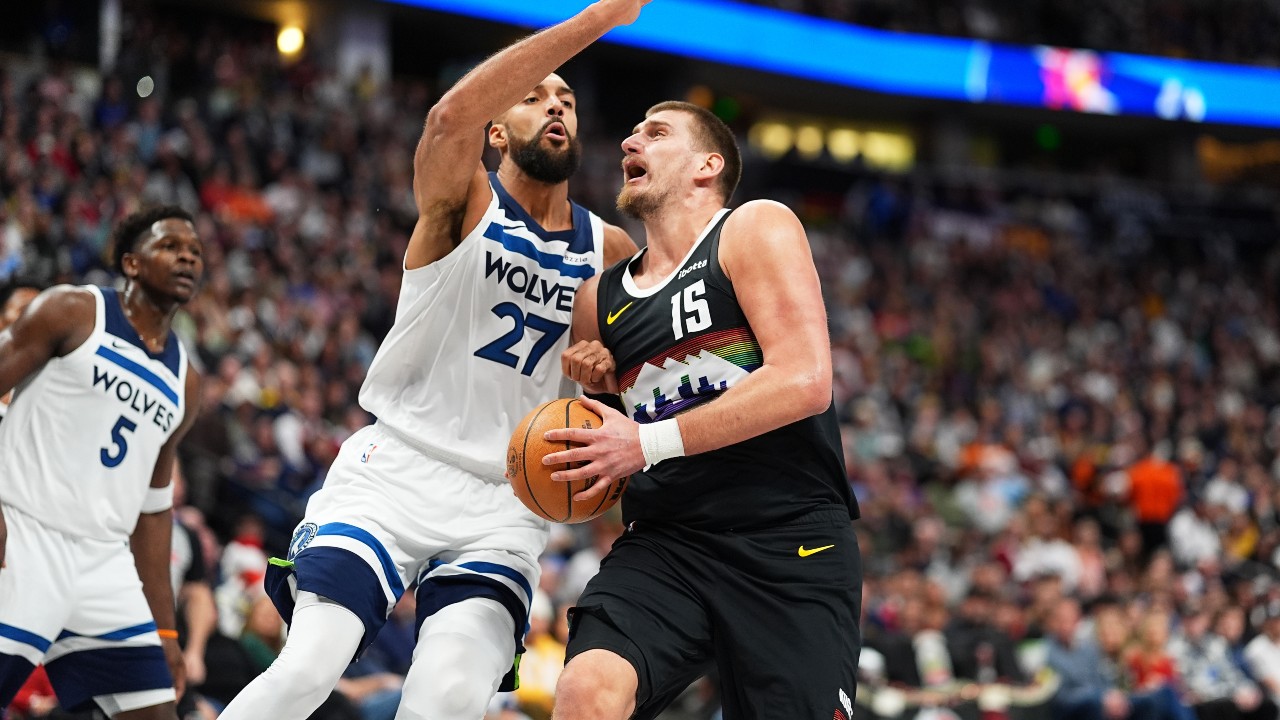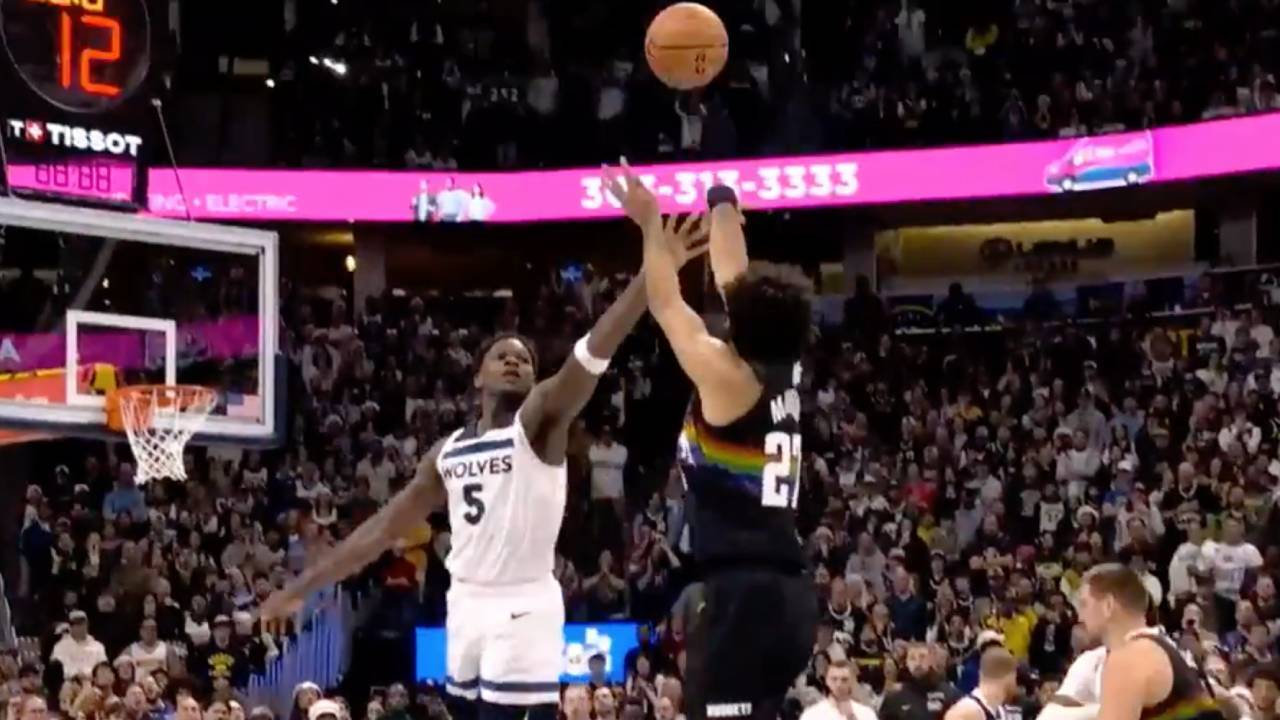
VANCOUVER — In a quiet conversation last season, when J.T. Miller was on his way to 103 points, the emotional power forward said his dream ending with the Vancouver Canucks would be to win the franchise’s first Stanley Cup, and then retire.
As he was just starting a seven-year, $56-million contract, it was difficult to know if he was serious. But Miller seemed earnest.
For all the oxygen he took up in the dressing room, amid all those emotions that could spill out negatively and as well as positively from Miller, you generally knew where he stood on things. Just ask Elias Pettersson.
But almost nobody gets their dream ending, and a nightmare season for Miller took a dramatic turn Friday night when the Canucks traded their No. 1 centre back to the New York Rangers, with whom his National Hockey League career began, for third-line pivot Filip Chytil, solid defence prospect Victor Mancini and a conditional first-round draft pick.
The return for the Canucks is remarkably similar to the components general manager Patrik Allvin acquired from the New York Islanders in the Bo Horvat trade almost two years ago to the day.
Chytil is a centre and a little better player than former Islanders winger Anthony Beauvilier, and Mancini is probably not quite the prospect that Aatu Raty was when he came to Vancouver. But the key to grading this trade, like the one two years ago, is what the Canucks do with the first-round pick, which is top-13 protected if the Rangers miss the playoffs this season.
If the Canucks can get another Filip Hronek, the No. 2 defenceman Allvin grabbed from the Detroit Red Wings in exchange for the Islanders’ pick in 2023, then Vancouver can win the Miller trade, too.
But as they visited the Dallas Stars on Friday night, his departure leaves a massive hole in the Vancouver lineup. Of course, everyone is waiting to see if Pettersson steps up his game to help fill it.
Allvin and team president Jim Rutherford, who this week confirmed for the world the debilitating discord between Miller and Pettersson and promised changes, decided that the Canucks were a town too small to accommodate both stars.
Trading Miller at a discount was the easiest fix to the problem, although Allvin deserves credit for outwaiting the Rangers and not retaining any salary on that $56-million contract that has five more seasons on it.
Miller will be 32 years old in March and his play may already be in decline. Pettersson, on whom the Canucks have also been soliciting trade offers, is only 26.
But for the Canucks, the more complicated and serious problem is getting Pettersson — if he stays — to elevate his training and his game and fully invest in making himself a legitimate NHL superstar instead of simply carrying the salary of one from that eight-year, $92.8-million contract management pressed him into signing 11 months ago.
Everyone in the organization understands this challenge.
Allvin told Sportsnet in a year-end interview a month ago: “It comes back to expectations and preparation, how you prepare yourself. I don’t believe that (Pettersson) was aware of just how hard it was going to be. Just because you achieve one thing to get a long-term extension… life just gets harder. You haven’t really accomplished anything.”
To understand how a strained relationship between the polar-opposite players became untenable after Miller and Pettersson thrived as teammates the last five years, start with training camp in September. Miller reported as one of the best-conditioned Canucks and Pettersson did not.
There was a physical spat during practice in the opening week of the season that widened the divide, which team captain Quinn Hughes tried to bridge in a meeting with Miller and Pettersson during an early road trip. The mediation did not work.
Without explaining details, Hughes told us just last Saturday that he blames himself for some of what has happened to the Canucks after last season’s 109-point breakthrough.
“I feel responsible that we’ve had the turmoil that we’ve had,” he said. “And I want to, you know, be the reason that we can get out of this and be successful.”
Hughes is having another major-award kind of season. Miller and Pettersson certainly are not, although both are going to the Four Nations tournament and will make Sweden-USA must-see television on Feb. 17.
In November, Miller took a sudden personal leave of absence for mental health reasons that lasted 10 games. Naturally, Pettersson played his best hockey of the year while Miller was away, amassing nearly half of the 32 points (in 44 games) he had before the Dallas game.
Miller had 35 points in 40 games, while still being leaned on by coach Rick Tocchet for most of the toughest matchups.
It would be naïve to think that whatever personal issues Miller was grappling with last fall were solved in three weeks off, and it is an uneasy aspect of Friday’s blockbuster that the Canucks may have traded away a franchise player still working his way back to health — and that the Rangers will reap the benefits if and when that occurs.
Only last spring, when Miller put together a formidable playoff run and helped the Canucks win their first non-pandemic series since 2011, Friday’s trade would have been unimaginable.
“Not any part of me ever wanted to go somewhere else,” Miller said in that euphoric visitors’ dressing room in Nashville last May. “You don’t have Pettersen and Hughes and (Thatcher) Demko everywhere, and you don’t have Jim Rutherford and Patrik Allvin and Rick Tocchet and Adam Foote. Why would I want to leave something that I’ve always been looking for?”
Eight months later, both sides are looking for something else.
For Miller, exiting Vancouver is probably a good thing. We’ll see how it turns out for the Canucks. And for Pettersson.


